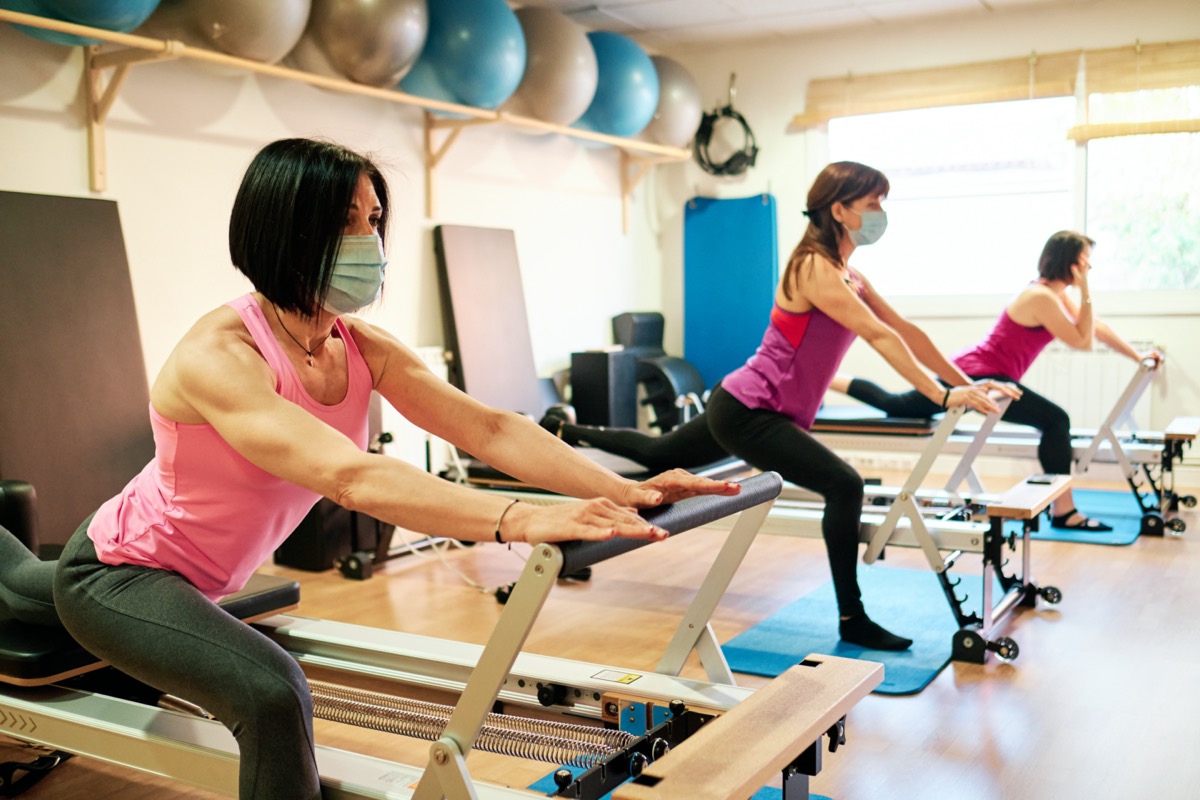The Norwegian government sponsored a recent study, which has not yet been peer-reviewed, that compared two groups of young adults without underlying conditions. One group returned to working out at a fitness facility, albeit with several safety precautions in place, and one did not. The aim was to observe whether there were more new infections and/or hospitalizations in the gym-going group. Only one gym-goer tested positive for the coronavirus, and it was determined that he was infected through his work. Norway, however, is in a much different situation than the U.S. The country has recorded less than 9,000 coronavirus cases overall and less than 250 deaths, compared to our 2.5 million cases and nearly 126,000 deaths. In The New York Times coverage of the study, doctors not involved in the trials weighed in on what, if anything, the results might mean to the rest of the world. Most agreed that the results say more about the low coronavirus risk in all of Norway than it does about gyms in particular.ae0fcc31ae342fd3a1346ebb1f342fcb “This shows us that low-prevalence environments are safe for gyms and probably just about everything else,” Gordon Guyatt, MD, a professor of medicine at McMaster University in Canada, told the Times. “It is very unlikely you will get infected.” By that logic, here in the U.S., the risk of contracting coronavirus doing almost any activity is greater. “Presently, the number of COVID-19 cases in the U.S. is almost 300 times higher than in Norway,” William Li, MD, physician scientist and Angiogenesis Foundation President, explains to Best Life. “Because of this, we can’t apply the Norwegian study results to U.S. gyms.” Participants in the Norwegian study were encouraged to wash their hands, sanitize their equipment, and maintain social distancing. They did not have to wear masks, but they weren’t allowed to use the gym’s showers or sauna. Even with these precautions in place, exercising with others indoors poses its dangers. RELATED: For more up-to-date information, sign up for our daily newsletter. “Compared to a restaurant with outdoor seating, gyms are in general likely to be a higher risk place due to the number of people that might work out in an enclosed space, with poor ventilation, many high contact surfaces, and lots of hard exhalations that could produce respiratory droplets,” says Li. “In a gym, you’re breathing heavy and more likely to spread the virus, which aerosolizes into the air regardless of limited capacity,” explains Janette Nesheiwat, MD, family and emergency medicine doctor. And for more on this era of the pandemic, These Four States Where COVID-19 Cases Are Spiking Have Paused Reopening.
